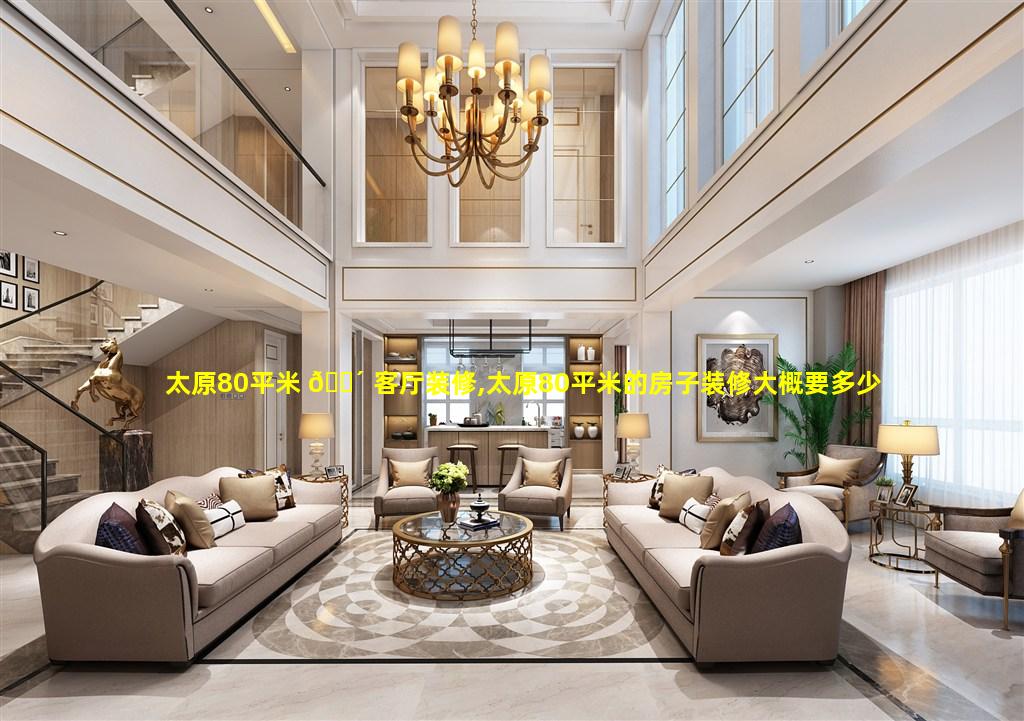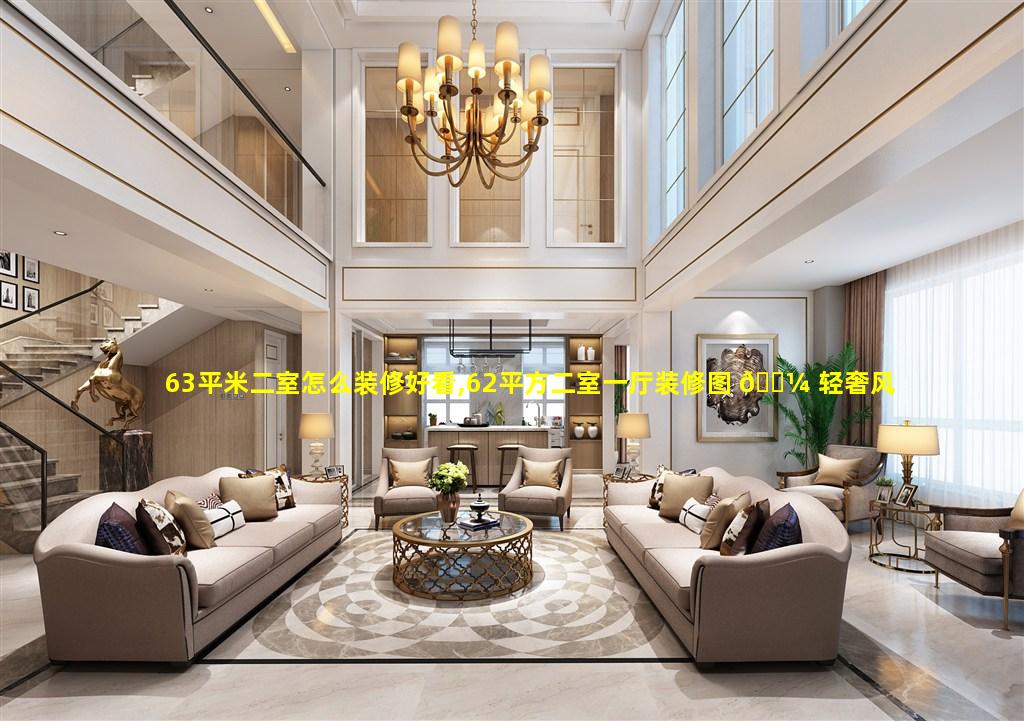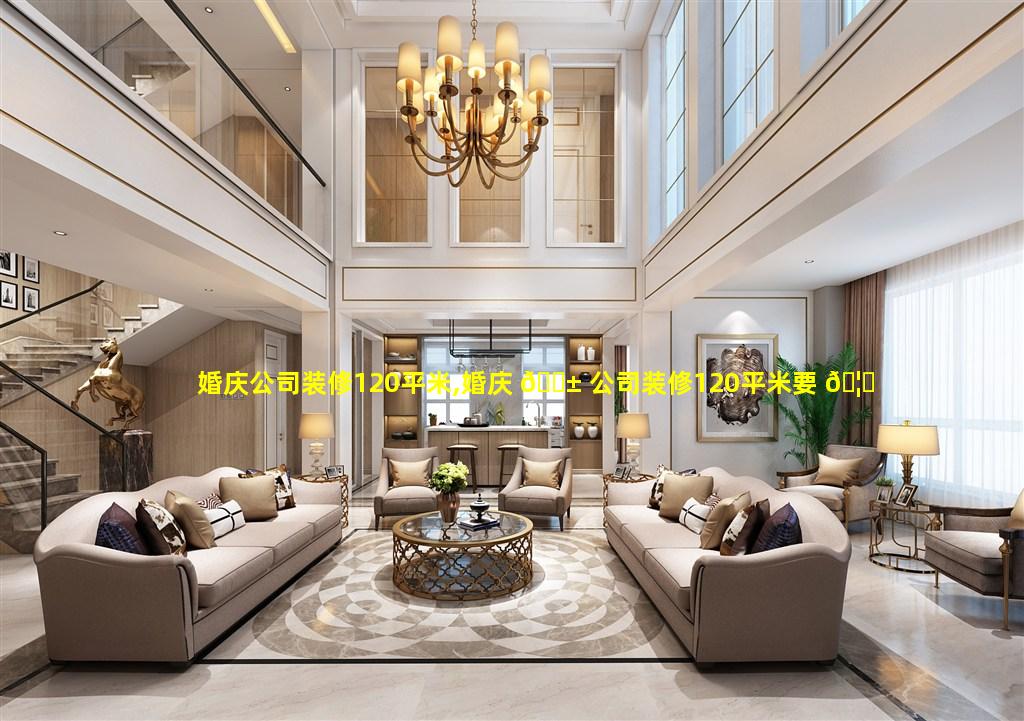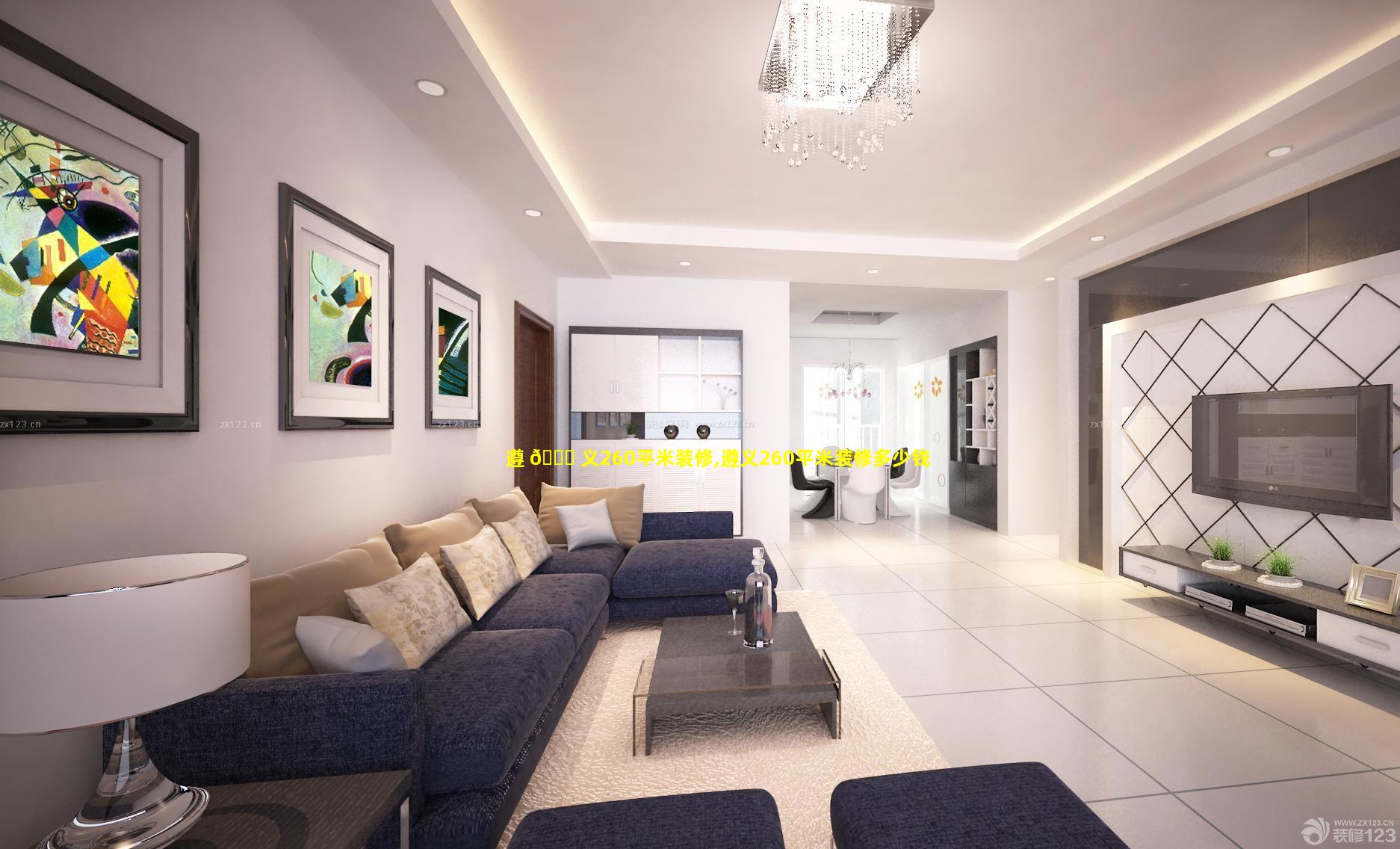30平米透感夹 ☘ 层装修,30平米透感夹层装修要多少钱
- 作者: 楚玮瀚
- 发布时间:2025-02-05
1、30平米透感夹 🦁 层装修
30平米透光夾層 🐕 裝修 🐱 指南 🦅
規 🕷 劃重點:
最大化自然採 🐼 光:利用大面落地窗和挑高空間,引入充足陽光。
垂直 🕸 空間利用:夾層設計可增 🐝 加使用面積,創造 🐺 垂直空間感。
通風換氣:良好的通風系 🦉 統確保空氣 🐺 流通和室內舒適度。
夾 🌺 層規 🌷 劃 🐦 :
臥 🐞 室或辦公室:夾 🌼 層可規劃為私密性 🦉 較高的臥室或安靜的辦公空間。
客廳或餐廳:一樓空 🌷 間可作為開放式客廳或餐廳 🌼 ,打造社交互動區域。
廚房或衛浴:也可將 🐧 廚房或衛浴規劃 🌹 在一樓,方便日常生活。
材料 🐧 選 ☘ 擇:
地板:耐磨實木地板耐、刮耐磨的複合地板,或溫 🌼 馨舒适的地毯。
牆壁:刷漆壁、紙或裝飾面板,創造不同 🐴 的質感和氛圍。
天花板:木 ☘ 質天花板或懸吊天花板,增添空 🐅 間層次感。
樓梯:木製或金屬樓梯,可搭配玻璃扶手增加通透 🐵 感。
家 🦢 具 🌸 擺設 🦋 :
多功能家具:選用具有儲 🐧 物功能的家具,如隱藏 🐱 式床架或 🐳 帶抽屜的沙發。
垂 🦢 直收納:利用牆面空間設置層架或吊櫃,增加收納空間。
簡約風格:避免過於繁複的 🐈 家具和裝飾,保持空間清爽明亮。
採 🌷 光設 🐼 計 🦢 :
大面落地窗:朝向陽光 ☘ 充足的方位設置大面 🦈 落地窗,引入大 🐳 量自然光。
天窗 🐳 或採光井:增加 🐼 垂直採光,讓光線從 🐦 上方進入夾層。
玻璃隔間:使用玻 💐 璃隔間或門,保,持視線通透讓光線在空間中流動。
通 🦋 風換氣:
對流窗:設 🐴 置對 🌹 流窗或 🦟 通風口,促進空氣流通。
換氣扇或排 🐯 氣扇:安裝換氣扇或排氣扇 🐱 在廚房、衛浴等 🍁 區域,保持空氣新鮮。
機械通風系統:對於通風不良的夾層空 🪴 間,可,考慮安裝 🐼 機械通風系統確保 🐕 室內空氣品質。
2、30平 🌸 米透感夹层装修要多少钱
30平米透感夹层装修费用取决于 🍁 多种因素,包括:
材 🌵 料选择:
天花板:石膏 🦈 板、矿、棉板、玻璃亚克力
地板 🌳 :木地 🐘 板、瓷、砖地毯 🌹
墙壁:石膏板墙 🌵 、纸、油、漆 🕊 玻璃
施 🐒 工难 🦅 度 🐧 :
夹层的结 🐈 构和大小 🪴
楼梯 🍀 的位 🐯 置和 🕊 设计
照 🌵 明和电 💮 气 🐬 需求
人工成 🐱 本:
设计师费用 🐡
施 🐋 工 🐬 人员工资 🌲
项目 💐 管理 🦋 费用
其他费用 🌹 :
许可 🌺 证 🐡 和检查费用
家具 🌺 和设 🦊 备
装 🕸 饰 🌳 品和配 🌲 件
根据这些因素,30平米透感夹层的装修 🦍 费用范围如下:

经济 💐 型:15,00030,000元
中 🌳 档:30,00050,000元 🐵
高 🦄 档 🌺 :50,000元以上 🪴

提 🌾 示 🐶 :
获得 🌲 多家承包商的报价,进 🐡 行比较。
事先制定预算,并确保承包商提供详 🦉 细的项目计划。
考虑聘请设计师,以 🐴 优化空间和美观效果。
投资优质材料,以确保耐用 🦆 性和美观性。
3、30平米透感夹层装修多 🦅 少钱
30 平米透 🦅 光夹层装修费用取决于多种因素,包括:
材 🌵 料选择:
地板:强化复合地板、实木 🦍 复合 🐝 地板 🐱 等
墙面 💮 :石膏板 🐺 、壁 🕸 、纸涂料等
吊顶:石膏板 🌸 、铝扣 🐳 板等
楼梯:木质、钢结构 🦟 等 🌺
施工工 🦍 艺 🐒 :
隔热保温 🌵 隔:音棉 🍁 保温 🦄 棉、等
照 ☘ 明:射 🐳 灯、吊灯等 🐒
通风:排气扇、新风系统等 🐡
设计 🐒 方案:
风 🐬 格:现代、简、约 🦄 工业等 🌲
布局 🌵 :开放式 🌷 、封闭式等 🌿
施工 🌺 难 🐦 度 🦈 :
楼层高度 🌵 :夹层的楼层高度是影响施工难度的因素之一。
楼 🍀 梯结构楼 🐅 梯:的形状、坡度和材 🐅 质也会影响施工费用。
其 🐧 他费用:
设计费:如果需要聘请 🌺 室内设计师 🐶 需要,额外支付设 🐱 计费。
许可证费:在一些地区,改造夹层可能需要申请许 🐳 可证。
人工费:取决于施工团队的熟练程度和规 🐘 模。
根据以上因素,30 平米透光夹层装修 🐦 费用通常在 50000 元 到元 150000 之 间。为,了。获得更准确的报价建议向专业 🍀 的装修公司咨询 🪴
4、30平米透感夹层 🌳 装修效果图
One such system is the carbon nanotube (CNT)reinforced polymer nanocomposite. CNTs are cylindrical structures made of carbon atoms arranged in a hexagonal lattice. They are characterized by their high strength, stiffness, and thermal conductivity. These properties make them an ideal candidate for reinforcement of polymers.
CNTreinforced polymer nanocomposites have been shown to exhibit improved mechanical, thermal, and electrical properties. For example, the addition of CNTs to a polymer can increase the tensile strength of the composite by up to 300%. CNTs can also improve the stiffness and thermal conductivity of the composite.
Another type of nanocomposite is the metalorganic framework (MOF)reinforced polymer nanocomposite. MOFs are a class of materials that are composed of metal ions or clusters and organic molecules. They are characterized by their high porosity and surface area. These properties make them an ideal candidate for reinforcement of polymers.
MOFreinforced polymer nanocomposites have been shown to exhibit improved mechanical, thermal, and gas separation properties. For example, the addition of MOFs to a polymer can increase the tensile strength of the composite by up to 150%. MOFs can also improve the stiffness and thermal stability of the composite.
The research on nanocomposites is still in its early stages, but the potential applications of these materials are vast. Nanocomposites are expected to find use in a wide range of applications, including aerospace, automotive, and electronics.




